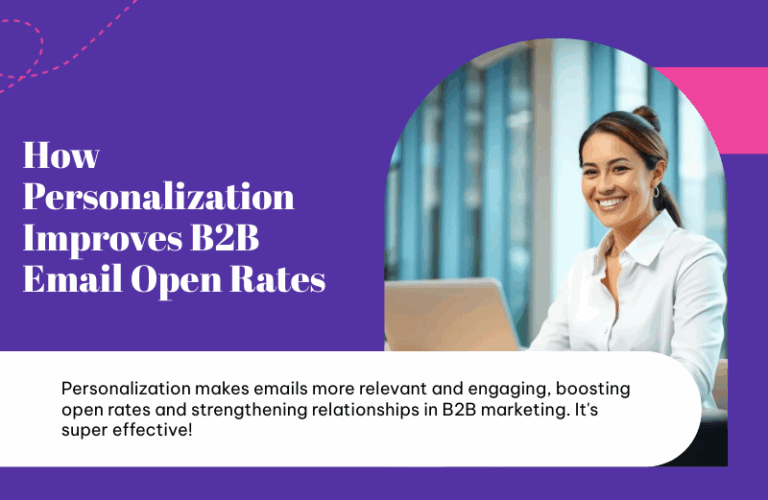
You and your customers both know it: The more data you collect, the better you’re able to personalize their customer experience. Despite that, your leads aren’t always forthcoming with their data because entering their information acts as a speed bump to the seamless search for knowledge they’re on. Every bit of friction they encounter while information-gathering could become a sticking point past which they won’t travel, so create forms that are simple enough to please time-sensitive visitors yet complete enough to serve your data collection needs. With improved forms for direct data collection and data enhancement to complete your files, you’ll have everything you need to know about your leads.
Here’s how to get the most data with the least resistance.
Right-Size Your Forms
How long should your forms be? One school of thought suggests keeping forms as brief as possible to minimize resistance from leads; the other recommends more detailed forms to gather as much information as possible. You want your forms to live at the intersection between these two extremes – long enough to provide detail yet short enough to create a minimal imposition on your leads. If you’ve been paring down your forms to the barest essentials, it might be time to ask for more from your potential customers.
The key to adding more fields to your forms is spacing the requests out in ways that don’t look as daunting. Mixing in radio buttons and drop-down lists with self-entry fields streamlines the process of filling out forms while improving the accuracy of your data. For example, if you ask for a lead’s industry type, a drop-down menu ensures you get data that’s automatically normalized. Radio buttons to select company size ranges turn a data field of hundreds of disparate answers into four or five groups.
Leave Some Space
Think about your last trip to a museum or art gallery. Were the works of art jumbled in a cluttered cluster that pulled your focus in multiple directions, or were they displayed against neutral backgrounds with plenty of empty space around them to create a clean-lined look that allowed you to contemplate each one separately? Information-dense forms that leave little white space feel like work to fill out. Instead, give your forms room to breathe and make your leads feel less cramped.
Work in Stages
A two- or three-page form sounds daunting, but with thoughtful design and an understanding of psychology, they can have higher completion rates than single forms. A form that asks for two pieces of information on each of three pages sometimes feels less onerous than one that asks for five items up front even though it nets you more data. The key to using staged forms well is to make them feel clean and simple. In the example above, that multi-page journey should feel like three easy steps rather than six more complex ones.
Another way to improve completion rates with staged forms is to reward your leads for filling out each section. Most people are completionists to some extent; they don’t want to walk away from something when it’s unfinished. Show a progress bar on each page of your form process, and you give leads an incentive to finish what they started.
Get Smart with Forms
Marketing technology now lets you use smarter forms that remember past visitors’ information. Instead of asking them for the same data again and again, you can auto-fill those lines and ask for a few more pieces of information with each subsequent visit. Progressive forms that are smart enough to welcome prior visitors back and retain information from previous visits give you a chance to ask for more information instead of covering familiar ground, and they contribute to better customization for your leads.
Double Down with Data Enhancement
Not all the information you gather about your leads has to come directly from them. With data enhancement services, you gain new insights into your house list or acquire entirely new markets with customer information already in place. By filling in blank spaces with data your leads have shared elsewhere on subscriptions, tradeshow attendee information, or sales forms, you’re able to learn more about them without the need to ask them. Adding behavioral data into the mix gives you knowledge about prospects that they may not even know about themselves.
Whether it comes from third-party data enhancement or improved forms on your own site, knowledge gives you power – the power to serve your customers better and earn their loyalty.
© Reach Marketing LLC 2016 All Rights Reserved.



